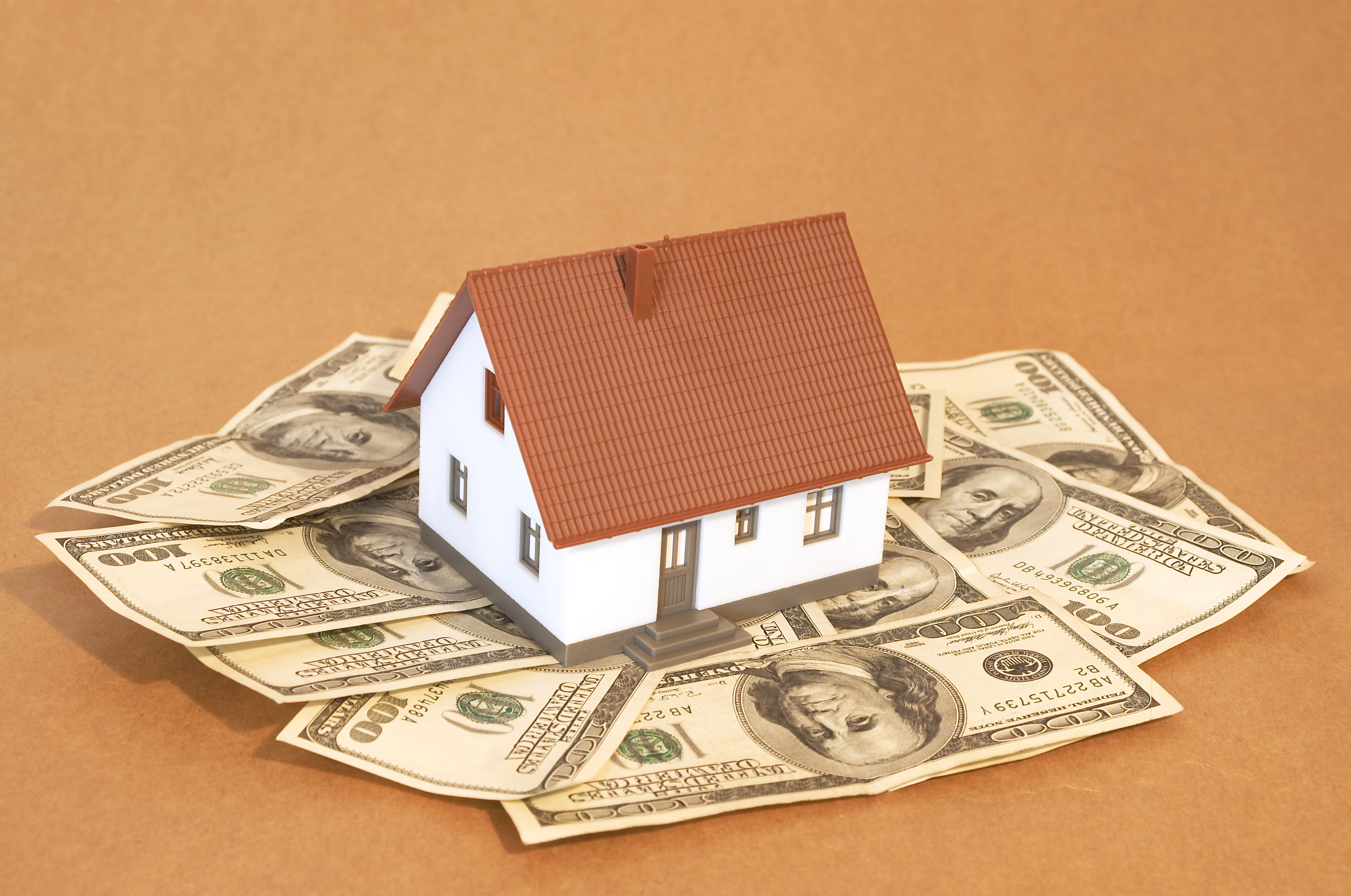Child-Care Tax Breaks for Working Parents
Working parents may be able use their flexible spending account along with the child and dependent care credit to save on taxes when paying for child care.

Question: I used my dependent care flexible spending account at work to pay $5,000 of my children’s day-care expenses. But with two kids under age 5, our total child-care bills in 2018 were much more than that. Can I take the dependent care tax credit for our additional child-care expenses?
Answer: You won’t be able to take the child and dependent care credit for all of your extra expenses, but you may be able to use the credit for up to $1,000 of those costs.
If you have two or more kids under 13 and pay for child care while you and your spouse work or look for a job (or if one of you is a full-time student), you can claim the child-care credit for up to $6,000 in child-care expenses, including day care, preschool, a nanny or babysitter who watches your kids while you work, before- and after-school programs, and summer day camp. But if you used the maximum $5,000 from your dependent care account at work tax-free for child-care costs, that counts toward the $6,000 limit and you can count only the extra $1,000 toward the child-care credit. (The $5,000 FSA limit is per couple – even if both of your employers offer the plans – and isn’t based on the number of children you have.)
From just $107.88 $24.99 for Kiplinger Personal Finance
Become a smarter, better informed investor. Subscribe from just $107.88 $24.99, plus get up to 4 Special Issues

Sign up for Kiplinger’s Free Newsletters
Profit and prosper with the best of expert advice on investing, taxes, retirement, personal finance and more - straight to your e-mail.
Profit and prosper with the best of expert advice - straight to your e-mail.
The dependent care tax credit is worth 20% to 35% of the first $3,000 in eligible child-care expenses if you have one child, or up to $6,000 in child-care expenses if you have two or more children. The percentage is based on your income. You’ll qualify for the 35% credit if your income was $15,000 or lower in 2018. The credit gradually decreases as earnings rise, dropping to 20% of eligible expenses once income reaches $43,000 or more. So if you paid $5,000 in child-care costs from your FSA at work and still had an additional $1,000 in expenses that count toward the credit, you can cut your tax liability by $200 to $350, depending on your income.
See IRS Publication 503, Child and Dependent Care Expenses, for more information and a list of credits at each income level.
Profit and prosper with the best of Kiplinger's advice on investing, taxes, retirement, personal finance and much more. Delivered daily. Enter your email in the box and click Sign Me Up.

As the "Ask Kim" columnist for Kiplinger's Personal Finance, Lankford receives hundreds of personal finance questions from readers every month. She is the author of Rescue Your Financial Life (McGraw-Hill, 2003), The Insurance Maze: How You Can Save Money on Insurance -- and Still Get the Coverage You Need (Kaplan, 2006), Kiplinger's Ask Kim for Money Smart Solutions (Kaplan, 2007) and The Kiplinger/BBB Personal Finance Guide for Military Families. She is frequently featured as a financial expert on television and radio, including NBC's Today Show, CNN, CNBC and National Public Radio.
-
 States That Tax Social Security Benefits in 2026
States That Tax Social Security Benefits in 2026Retirement Tax Not all retirees who live in states that tax Social Security benefits have to pay state income taxes. Will your benefits be taxed?
-
 QUIZ: What Type Of Retirement Spender Are You?
QUIZ: What Type Of Retirement Spender Are You?Quiz What is your retirement spending style? Find out with this quick quiz.
-
 How to Avoid the Financial Quicksand of Early Retirement Losses
How to Avoid the Financial Quicksand of Early Retirement LossesSequence of returns — experiencing losses early on — can quickly deplete your savings, highlighting the need for strategies that prioritize income stability.
-
 3 Major Changes to the Charitable Deduction for 2026
3 Major Changes to the Charitable Deduction for 2026Tax Breaks About 144 million Americans might qualify for the 2026 universal charity deduction, while high earners face new IRS limits. Here's what to know.
-
 Retirees in These 7 States Could Pay Less Property Taxes Next Year
Retirees in These 7 States Could Pay Less Property Taxes Next YearState Taxes Retirement property tax bills could be up to 65% cheaper for some older adults in 2026. Do you qualify?
-
 Estate Tax Quiz: Can You Pass the Test on the 40% Federal Rate?
Estate Tax Quiz: Can You Pass the Test on the 40% Federal Rate?Quiz How well do you know the new 2026 IRS rules for wealth transfer and the specific tax brackets that affect your heirs? Let's find out!
-
 5 Types of Gifts the IRS Won’t Tax: Even If They’re Big
5 Types of Gifts the IRS Won’t Tax: Even If They’re BigGift Tax Several categories of gifts don’t count toward annual gift tax limits. Here's what you need to know.
-
 The 'Scrooge' Strategy: How to Turn Your Old Junk Into a Tax Deduction
The 'Scrooge' Strategy: How to Turn Your Old Junk Into a Tax DeductionTax Deductions We break down the IRS rules for non-cash charitable contributions. Plus, here's a handy checklist before you donate to charity this year.
-
 Tax Refund Alert: House GOP Predicts 'Average' $1,000 Payouts in 2026
Tax Refund Alert: House GOP Predicts 'Average' $1,000 Payouts in 2026Tax Refunds Here's how the IRS tax refund outlook for 2026 is changing and what steps you can take now to prepare.
-
 New IRS Changes to FSA Contribution Limits for 2026: What to Know
New IRS Changes to FSA Contribution Limits for 2026: What to KnowHealth Care Flexible Spending Accounts have tax advantages worth looking into, especially in light of new IRS changes.
-
 Is a New $25,000 Health Care Tax Deduction Coming in 2026?
Is a New $25,000 Health Care Tax Deduction Coming in 2026?Tax Policy A proposal from GOP Sen. Josh Hawley adds to the chatter about health care affordability.